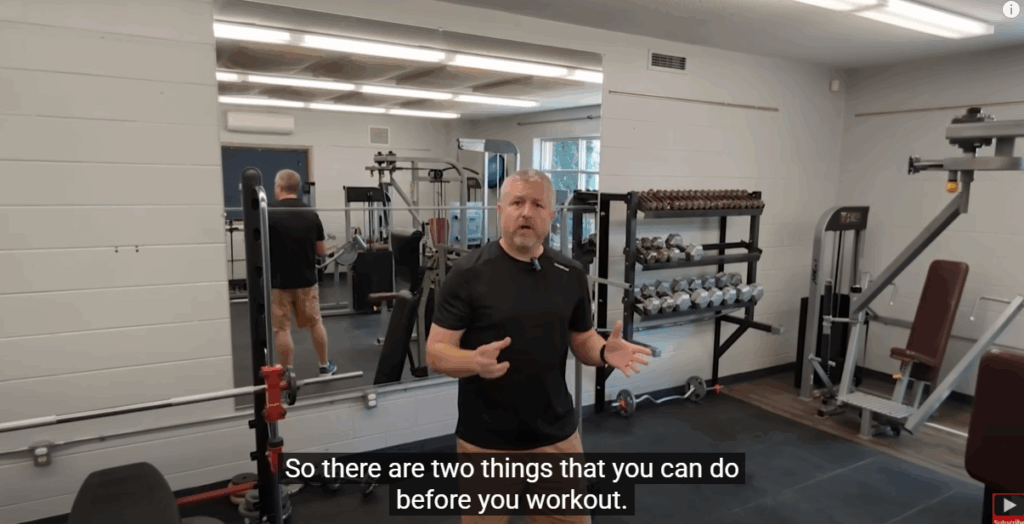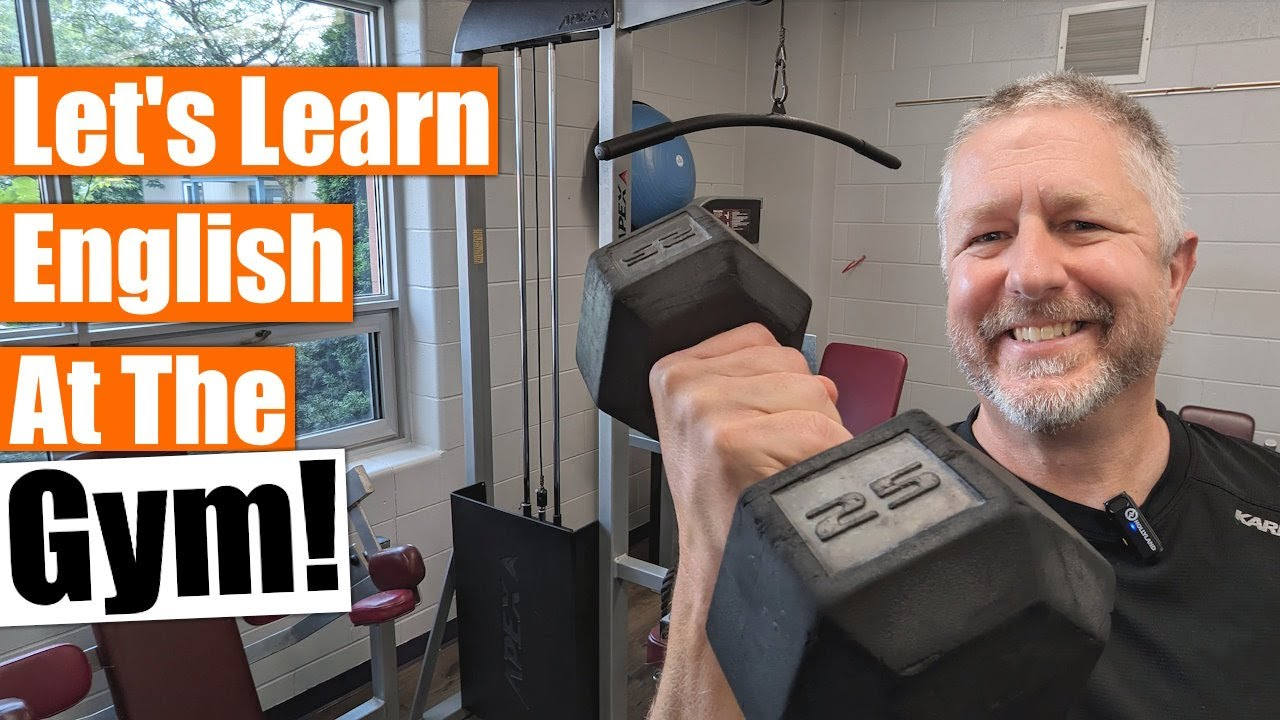Stepping into a gym for the first time can feel intimidating. The mix of machines, weights, and unfamiliar terms can leave anyone unsure of where to begin. As a fitness coach and nutrition expert with over two decades of experience in weight gain, fat loss, and bodybuilding, I’m going to walk you through everything you need to know—from warming up to structuring your workout—so you can train effectively, safely, and with confidence.

Why People Go to the Gym
Whether your goal is to build muscle, lose fat, or simply improve your health, a gym gives you access to all the tools you need. Over time, regular training transforms your body—strength increases, muscle definition improves, and overall fitness levels rise. People often describe this transformation as being “fit” or “in great shape.”
Most commercial gyms require a membership, but some community centers, schools, or apartment complexes offer free access. Either way, the benefits far outweigh the cost when you commit to consistent training.
Warming Up: Your First Step Every Session
Before touching a barbell or starting a run, prepare your body with a proper warm-up. This improves circulation, raises your heart rate gradually, and reduces injury risk. A good warm-up might include:
- Light cardio: Walk on a treadmill or pedal a stationary bike for 5–10 minutes.
- Dynamic stretches: Arm swings, leg swings, and torso rotations to loosen joints.
For example, if you’re about to run, a brisk walk followed by light stretches for the calves, quads, and hamstrings is ideal. If you’re lifting weights, warm up with lighter sets of the exercises you’re about to perform.
The Two Main Types of Training
A complete fitness program generally includes cardiovascular training and resistance training.
1. Cardiovascular Training
Cardio improves heart and lung efficiency while boosting endurance. Options include:
- Treadmill: Walk, jog, or sprint indoors.
- Stationary bike: Low-impact option for joint-friendly workouts.
- Elliptical trainer: Simulates running with reduced impact.
- Rowing machine: Works both upper and lower body while elevating heart rate.
When doing cardio, many athletes track heart rate to monitor intensity. For most beginners, 60–75% of maximum heart rate is a good range. Too low, and you won’t get much benefit; too high, and you risk overexertion.
2. Resistance Training
This is where you use weights, bands, or your own body weight to build muscle strength. Common forms include:
- Free weights: Dumbbells, barbells, and kettlebells.
- Machines: Guide your movement and can be safer for beginners.
- Resistance bands: Portable and versatile for home or gym use.
- Bodyweight exercises: Push-ups, pull-ups, dips, squats.
Free weights allow for natural movement and engage stabilizing muscles, while machines can isolate muscles and reduce injury risk when learning form. Both have value in a well-rounded program.
Key Terms: Reps and Sets
- Rep (repetition): One complete movement of an exercise. For example, curling a dumbbell from bottom to top and back down once is one rep.
- Set: A group of reps performed without stopping. For example, doing 10 curls, resting, and repeating that 3 times is “three sets of 10 reps.”
For muscle building, aim for 8–12 reps per set. For strength, use heavier weight for 4–6 reps. For endurance, lighter weight for 15–20 reps works best.
Common Gym Equipment and How to Use It
- Dumbbells: Great for presses, curls, rows, and more. They allow a greater range of motion than machines.
- Barbells: Used for major lifts like bench press, squat, and deadlift.
- Kettlebells: Perfect for swings, goblet squats, and dynamic full-body movements.
- Resistance bands: Add tension to exercises without heavy weights.
- Medicine balls: Weighted balls for throws, slams, and core work.
- Exercise mats: Provide cushioning for floor work like planks or stretching.
- Stability balls: Engage the core during balance-based exercises.
Structuring Your Workout
Many lifters follow a Push–Pull–Legs split, which spreads training across the week for recovery and balance.
- Push Day: Chest, shoulders, triceps. (Example: Bench press, overhead press, triceps dips.)
- Pull Day: Back, biceps. (Example: Pull-ups, rows, barbell curls.)
- Leg Day: Quads, hamstrings, glutes, calves. (Example: Squats, lunges, calf raises.)

Alternatively, beginners may prefer full-body workouts 2–3 times per week, hitting each major muscle group in one session.
Stretching and Cooling Down
At the end of your session, lower your heart rate with light cardio, then stretch to improve flexibility.
- Static stretches (holding a position for 15–30 seconds) are best post-workout.
- Focus on muscles you worked—hamstrings, quads, chest, shoulders, etc.
Stretching after training helps reduce stiffness and supports recovery.
Optional Support: Trainers and Technology
If your gym offers them, personal trainers can create a custom plan and teach proper form—especially valuable for beginners.
If you prefer self-guided workouts, fitness trackers can monitor heart rate, calories burned, and even workout history.

Gym Etiquette for a Better Experience
- Wipe down benches and machines after use.
- Don’t hog equipment during peak hours.
- Return weights to their racks.
- Ask before joining or “working in” with someone on a machine.
Fueling Your Training
Nutrition plays a major role in progress:
- Pre-workout: A light meal with carbs and protein (e.g., oatmeal with berries and whey protein) for energy.
- Post-workout: Protein (20–40g) within an hour supports muscle repair. Combine with carbs if you trained intensely.
- Stay hydrated before, during, and after training.

Building a Habit That Lasts
The best workout program is the one you can follow consistently. Start with 2–3 sessions per week and gradually increase. Track your progress, adjust weights, and challenge yourself over time.
Remember—results come from a combination of training, nutrition, rest, and patience. A year from now, you’ll be glad you started today.



